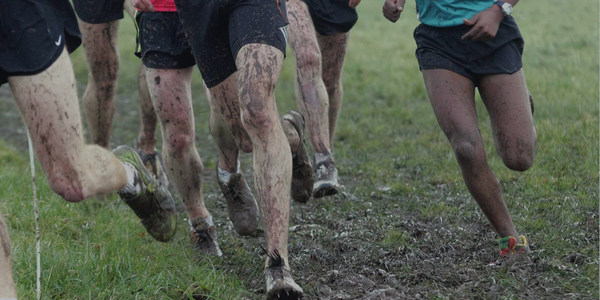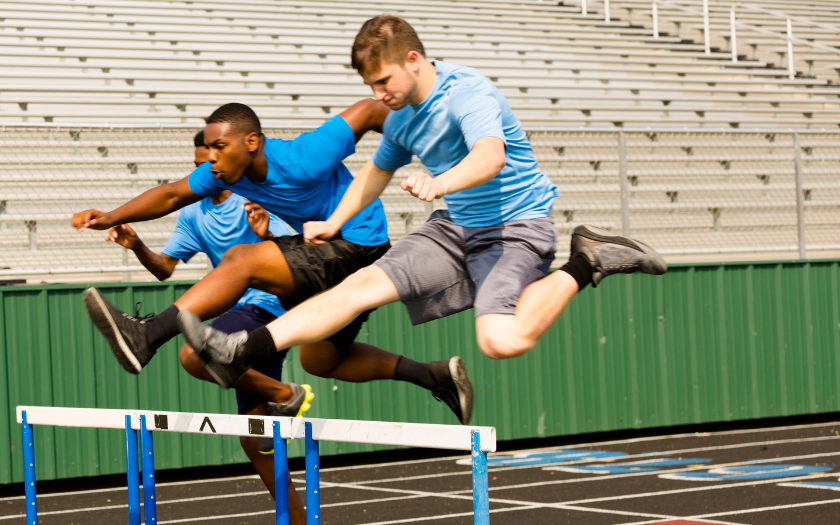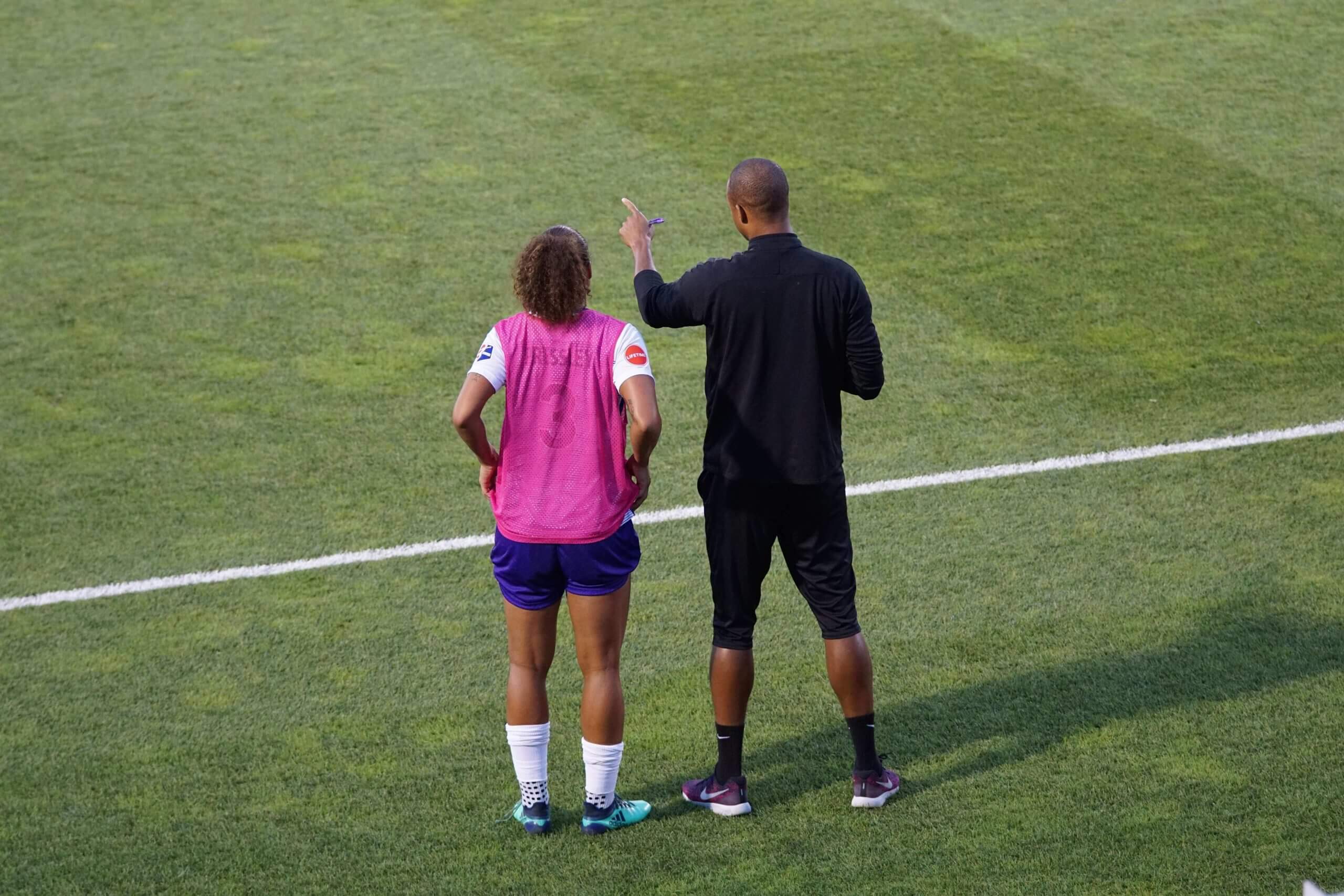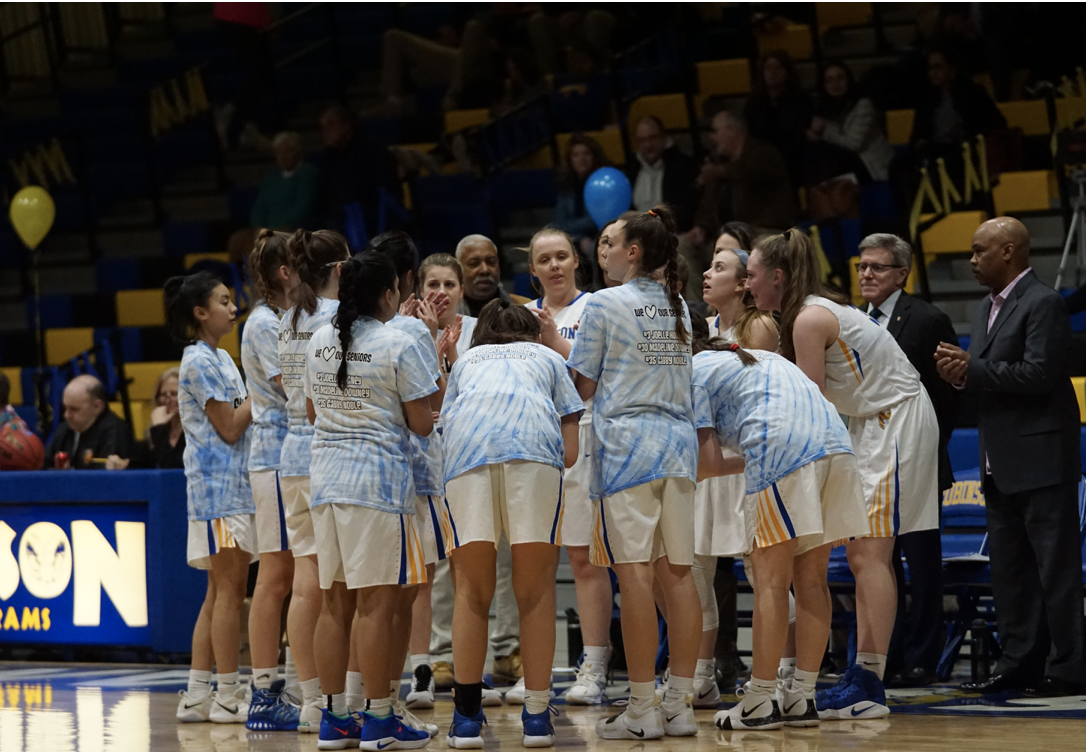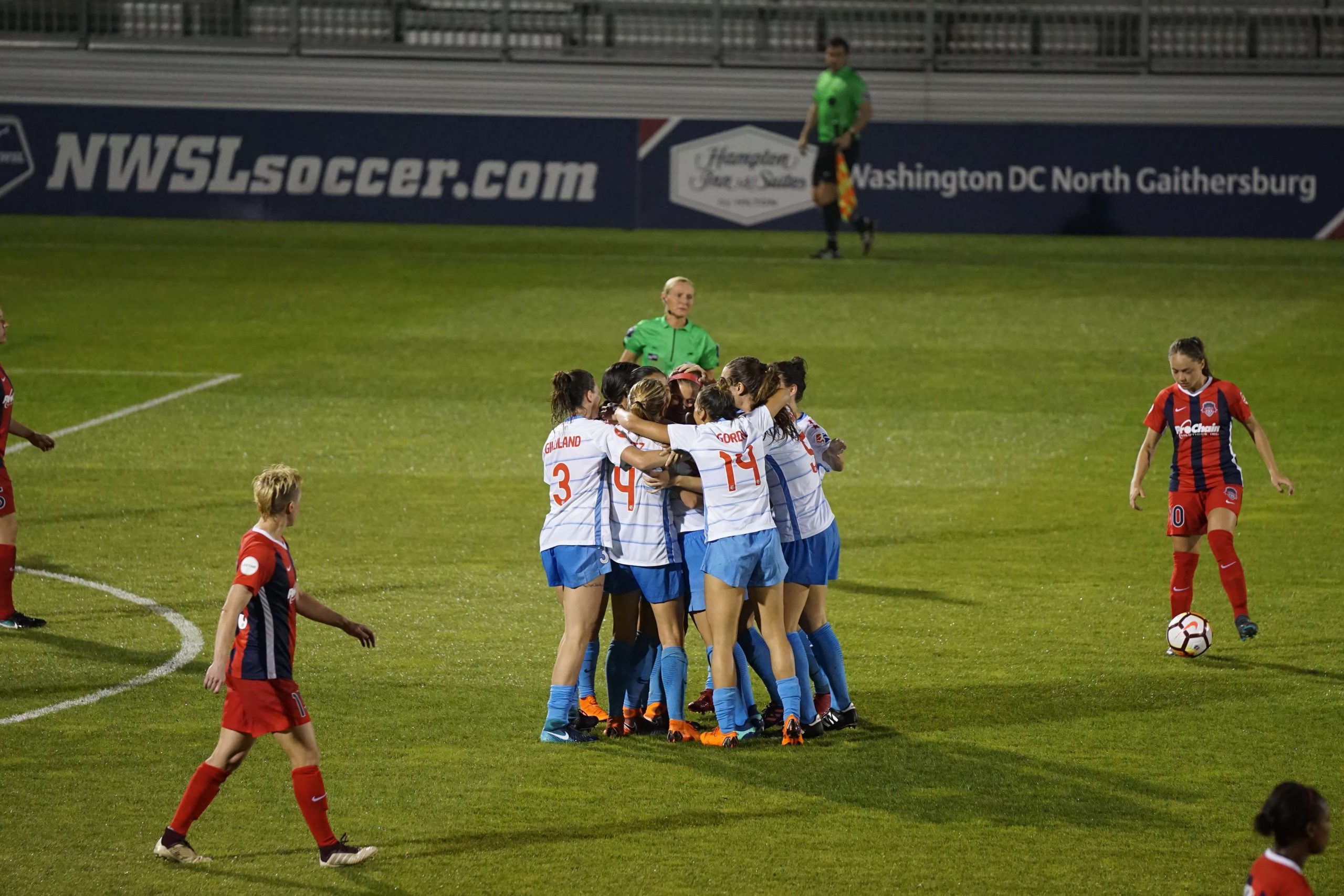Kobe Bryant was one of the greatest basketball players of all time. If you were lucky enough to watch him play, you’d agree that he always appeared to be the most confident player on the court.
But aside from his talent (which was immeasurable), what was the key to his legendary confidence?
According to Bryant, it was a moment he shared with his father after a terrible youth basketball season.
“I didn’t score one point the entire summer. Not one. I remember crying about it and being upset and my father just gave me a hug and said ‘listen, whether you score 0 or you score 60, I’m gonna love you no matter what’. Now that is the most important thing that you can say to a child. Because from there, I was like ‘Okay, that gives me all the confidence in the world to fail.’ I have the security there.”
Those incredible words of love and encouragement from his father were crucial for Bryant, as they made him unafraid to fail. As a result, he was mentally free to take chances, resulting in World Championships, Olympic gold medals, countless scoring titles, the list goes on and on.
Bryant’s story is a form of psychological safety. And its importance to the overall growth and mental health of today’s student-athlete is critical.
In a psychologically safe environment, student-athletes can play fearlessly without the fear of repercussions. Student-athletes have demonstrated a genuine interest in the success of their teammates. They have supportive interactions with each other as individuals and with their coach, especially when they make mistakes. The fear of appearing weak or fouling out is not a concern.
So, if fear is a path to defeat, then being fearless (much like Bryant himself) is a path to victory.
And that’s where a student-athlete’s psychological safety comes into play. It’s not uncommon for young players to retreat into a shell and settle for a safe approach:
- I better not take that shot because I could miss.
- If I go for a kill, and miss, the match could swing the other way. I think I’ll hit a safe shot.
- If I strike out again, the team will make fun of me.
Psychologically unsafe environments create timidness or even worse, fear. Some student-athletes may feel their team environment is not conducive to making a bold decision on the court, or letting the coach know how they feel about their role on the team. Elite performing teams feel differently – fear of coach and teammate reactions are not a concern during practice or games.
But why is psychological safety so critical for a more positive student-athlete experience? And how does it relate to the Transformational vs. Transactional Coach’s Assessment? For answers to these questions, we sat down with our Executive Director of Research, Stacia Jorgensen.
Stacia, can you explain psychological safety in your own words?
It’s when you feel safe to be who you are and say what you’re thinking without worrying about negative outcomes.
How does psychological safety contribute to a team setting?
When we’re able to fully engage in an environment without holding back or always mentally assessing how we’re being perceived, we can contribute in bigger, better, and more meaningful ways. This doesn’t mean we’re not allowed to fail or that we’re always right. Instead, it means we can try things, offer solutions, and participate as our full selves.
This means we’re always giving our best effort and thinking and never holding back out of fear of how others will respond or what they’ll think of us.
Why is psychological safety one of the key themes that Ecsell Sports measures?
Teams can only perform at their maximum level when team members feel comfortable enough to contribute their maximum selves. As humans, we often have a hard time understanding our impact on others. Psychological safety is one of our key themes to help coaches gain insight into how to engage their team members in ways that promote psychological safety and let them contribute their maximum.
Explain the importance of psychological safety as it relates to Transformational vs. Transactional Coaching Assessment (TvT)?
Part of the journey to becoming an elite coach is understanding when to use Transactional coaching behaviors and when to use Transformational ones.
Sometimes we need to be more structured and achieve a short-term need. Sometimes we can work towards bigger goals and impacts that last a lifetime. Psychological safety is important in either approach. When team members feel psychologically safe, meaning, they’re focused simply on giving their best rather than how their best will be received, you can spur quicker engagement that creates better outcomes.
What do you want coaches to understand about psychological safety?
A common mantra in my household is “Mistakes make you smarter.” Sports are often high-pressure and highly emotional. As a result, it’s easy to treat mistakes as simply just errors rather than learning opportunities. I hope coaches understand that leading in psychologically safe ways helps leverage mistakes and use them to your advantage.
And athletic directors?
It’s not just coaches who should work through how psychological safety is incorporated into their leadership. Athletic Directors should be internalizing this concept, too. There is no one-size-fits-all approach to coaching. Encouraging coaches to lead in ways that are authentic to who they are, and not just in ways that mimic what’s been traditionally done in the past, or what has helped others win, can really create some special results.
Athletic directors can be role models to their coaches as to what psychologically safe leadership looks and feels like. Just as student-athletes need psychologically safe environments to perform at their highest level, coaches need the same.
What about psychological safety makes it critical to being transformational in the TvT?
Psychological safety should be present in both transactional and transformational coaching. Psychological safety, however, becomes critical when shifting to higher degrees of transformational coaching.
In transactional coaching, the highly structured nature means there is less opportunity and need for the individual to maneuver outside the framework and directions of the coach.
With transformational coaching, however, each team member becomes more autonomous and their participation as an individual contributor becomes more crucial. Suppose those individual team members don’t feel comfortable giving their all in the way that is most authentic to them. In that case, coaches miss all they can contribute. If psychological safety isn’t there, effort and innovation get lost.
What do you want coaches to understand about the TvT assessment?
The TvT assessment isn’t intended to be a label or a score. With their results, we hope coaches use it to reflect on their interactions with their colleagues, their ADs, and their team members. We want coaches to ponder, debate and share thoughts on the questions in the assessment with others. This tool is meant to be used to help us reflect on who we are and what we want to be as a leader.
Easy Ways To Create Psychological Safety for Student-Athletes
- Ask get-to-know-you questions about your athletes at the beginning of practice.
- Call players by their preferred name or nickname.
- Asking questions about life outside of sport during drink breaks, before practice, etc.
- In practice, asking student-athletes their opinions about a play, defensive scheme, etc. to incorporate more ideas into their team plays.
- Celebrating small victories with student-athletes when they try something new, regardless of the outcome.
- Coaches can share about their time as an athlete – successes and failures. This gives small insights about themselves and makes it much more likely for student-athletes to feel comfortable sharing about their lives too.
Results are the starting point for growth
Teaching Psychological Safety, one of Ecsell Sports’ six critical coaching themes, helps coaches grow to become complete, high-performing leaders that work to improve the student-athlete experience.
When a coach is grounded in psychological safety, the coach provides emotional benefits for the entire team. This we-centric mindset creates teamwork, great chemistry, and selfless players who go home after a game with a sense of accomplishment and satisfaction with how their team performed. It’s the difference between a true team and a collection of individuals.
Using the TvT assessment, we show coaches the importance of being vulnerable. Knowing where you stand as a coach tells your entire program that you are willing to learn new ideas and use that information as a development tool. Our assessment takes four minutes and provides a lifetime of growth opportunities.
Even with all this innate talent, Kobe Bryant was still a prisoner to his own fear of failure. It wasn’t until his father created that halo of psychological safety that Bryant felt free to play with total abandon. Because for Bryant (as well as all student-athletes) to progress in basketball he had to feel free to take risks and fail. Because he learned vital lessons from those failures and made critical adjustments.
And the legend of the Black Mamba was born.
